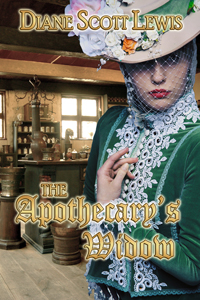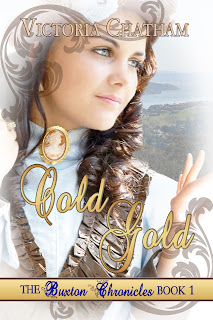 |
| CLICK TO PURCHASE FROM AMAZON |
 |
| CLICK TO PURCHASE FROM AMAZON |
1)
Misusing
the specialized and precise vocabulary of horsemanship, especially the size,
color, age and sex of the horse.
2)
Defying the laws of nature. AKA: Creating the ‘superhorse’.
3)
Horses
trained or controlled by either ‘mastery’ or ‘magic,’ ignoring the real
behavior of horses.
4)
Mixing
up Western and English terms and styles.
5)
The
stallion! (Not the mount of choice).
6)
The
self-conscious or uncomfortable expert rider.
An expert is an expert—no need to hang on for ‘dear life’.
7)
Good
riders are relaxed in the saddle. No
kicking, kneeing, or flapping of elbows are needed.
8)
Forgetting
that horses are animals and need to be fed and watered. Even in modern times, your transportation
requires gas, oil, and water.
9)
Talking
horses—horses who neigh and, heaven forbid, scream on a regular basis. Horses are generally rather silent beasts,
though they will whinny if parted from their stable mates, or nicker softly in
greeting at feeding times.
10) Tada! My personal favorite,
and, unfortunately, too often seen in print and on television—the mare who
takes all night to foal while the hero and heroine sort out conflict. (Nature ensures that healthy mares foal fast. A long labor requires someone calling for the
vet—not working out ‘conflicts’.)
The Facts, please:
Since
horses are flesh and blood creatures, the faster the horse goes the shorter the
distance he can maintain that speed without harm. If the ride involves
difficult terrain, jumping, or carrying extra weight, both speed and endurance will
suffer.
Modern
Endurance Rides: take 11-15 hours to cover 100 miles (part of this time the
rider spends running beside his mount).
1860s:
The Pony Express averaged nine mph over 25 mile stages.
For
additional information, check the records from modern Thoroughbred Racing.
The Terms:
Mare:
a female horse.
Stallion:
a male horse that is not castrated. Also
called ‘entire’ in England and in the West, a ‘stud’ horse.
Gelding:
a castrated male horse.
Foal:
a young horse from birth to January 1 the next year. The female is a ‘filly
foal,’ the male is a ‘colt’ foal this
may change per region).
Filly:
a young female horse, up to 3 years old.
Colt:
a young male horse, up to 3 years old.
Yearling:
in the year after the birth year. A
yearling is too young to ride! Most
saddle horses aren’t worked hard until they are at least 4 years old.
Height:
horses are measured from the ground to the top of the withers in ‘hands’. One
hand is four inches. The average horse is 15 to 16 hands. 17 hands is very tall and only unusual
specimens reach 18 hands. Ponies are
usually less than 14 hands.
Gaites
(‘Paces’ in England): walk, trot, canter, gallop—also ‘pacing,’ ‘ambling,’ ‘running
walk’ –describe precise and different ways in which a horse moves its
legs.
Rainbow Colors? Certainly Not:
The
English horsemen use fewer and simpler terms than Western horsemen, partly because
English breeding has selected for fewer colors. Essentially two colors are
taken into considering when describing horses. The main body color and the ‘points.’
The ‘points’ in this context are the ear tips, the mane and tail, and the lower
part of the legs.
Black
body, black points: A Black horse—may be smoky black, jet black, coal black,
raven black.
Brown
body, brown points: A Brown horse—may be seal brown, or standard brown.
Red-brown
body, black points: A Bay horse—may be dark bay, mahogany bay, sandy bay. Every Bay horse always has black points.
Reddish
body, self-colored (non-black) points: A Chestnut/Sorrell horse—in the West,
reds of All colors. Western horsemen use ‘sorrell’ to describe all red horses. Light sorrel draft horses are known as ‘blonde.’
Yelllowish
body, (generally) black points: Buckskin is the term used in the West.
Other
colors and terms (you may wish to conduct additional research) include: A Grey,
a Roan, a Palomino, a Isabella, a Paint or a Pinto, White horses and Albino,
Piebald, and Skewbald. There is also,
the closest thing to a ‘horse of a different color’, the Appalossa.
Information online:
For fantasy (naming your unicorn):
Caring
for your horse:
The
dollars and cents factor of horse ownership:
A horse is the
projection of peoples' dreams about themselves - strong, powerful, beautiful -
and it has the capability of giving us escape from our mundane existence. ~ Pam Brown
Happy Riding,
Connie
Two of my loves: Tulsa and Midnight
(during my rural life in Ramona, CA)
(during my rural life in Ramona, CA)

























.jpg)


.jpg)


